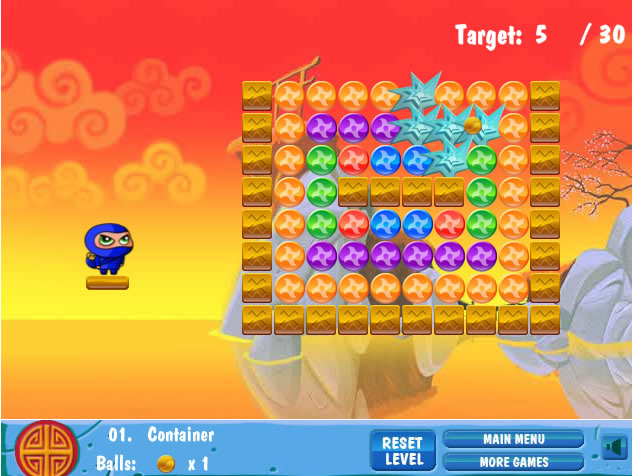

The lateral cutaneous branches of T7-T11 then divide into anterior and posterior branches: the anterior branches supply the abdominal wall toward the lateral margin of rectus abdominis the posterior branches pass backward to supply the skin over latissimus dorsi. The lateral cutaneous branches depart near the angle of the rib posteriorly. Among these anterior rami, the T12 crosses quadratus lumborum before entering the TAP, as shown in Figure 1(b). The anterior primary rami of T7-T12 spinal nerves pass between internal oblique and transversus abdominis and then perforate rectus abdominis and end as the anterior cutaneous branches, which innervate the anterior abdomen (from midline to midclavicular line). Clinical Correlation of Cutaneous Branches Since these segmental nerves communicate just above the transversus abdominis muscle, the subfascial spread of local anesthetic can provide anterolateral abdominal wall analgesia. These branches further communicate at multiple locations, including large branch communications on the anterolateral abdominal wall (intercostal/upper TAP plexus) and plexuses that run with the deep circumflex iliac artery (DCIA) (lower TAP plexus) and the deep inferior epigastric artery (DIEA) (rectus sheath plexus).


The anterolateral abdominal wall is mainly innervated by the anterior rami of the thoracolumbar spinal nerves (T6-L1), which become the intercostal (T6-T11), subcostal (T12), and ilioinguinal/iliohypogastric nerves (L1) ( Figure 1(a)). The posterior ramus travels backward, while the anterior ramus branches into lateral and anterior cutaneous nerves ( Figure 1(b)). They divide into the anterior primary ramus and posterior primary ramus shortly after exiting from the intervertebral foramen. The thoracolumbar nerves are responsible for the segmental cutaneous supply of the abdominal wall. The Sensory Nerves Innervating the Anterolateral Abdominal Wall In this review, we will describe the relevant anatomy, formulate a nomenclature system to include various approaches, discuss recent advancements in techniques, and detail the possible complications.Ģ.1. With continuous infusion or prolonged-release liposomal local anesthetics, TAP blocks could overcome the problem of short duration. Although its analgesic effect covers only somatic pain with short duration, single-shot TAP block plays a valuable role in multimodal analgesia. In the past decade, there has been growing evidence supporting the effectiveness of TAP blocks for a variety of abdominal surgeries, such as cesarean section, hysterectomy, cholecystectomy, colectomy, prostatectomy, and hernia repair. Thus, there was a surge of interest in TAP blocks as therapeutic adjuncts for analgesia after abdominal surgeries.

With the advancement of ultrasound technology, TAP blocks become technically easier and safer to perform. Since the thoracolumbar nerves originating from the T6 to L1 spinal roots run into this plane and supply sensory nerves to the anterolateral abdominal wall, the local anesthetic spread in this plane can block the neural afferents and provide analgesia to the anterolateral abdominal wall. It involves the injection of a local anesthetic solution into a plane between the internal oblique muscle and transversus abdominis muscle. The transversus abdominis plane (TAP) block was first introduced by Rafi in 2001 as a landmark-guided technique via the triangle of Petit to achieve a field block.


 0 kommentar(er)
0 kommentar(er)
